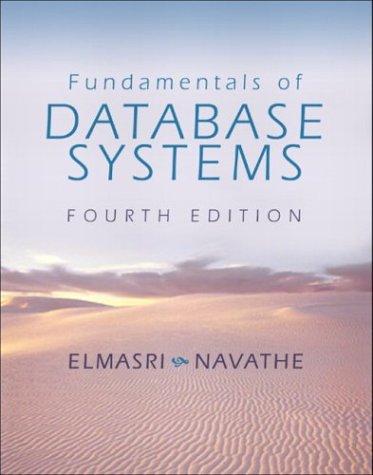Just in case you did not know, in Matlab '.p' files are aka protected files.So that means that you cannot open the file but these are instructions on how to use the '.p' file. In order to use the optical_fiber_detector.p, you have to call the function in a script. The example listed below gives an example of how to call the '.p' file.
1 Problem Description In this homework you will use the Matlab function optical-fiber-detector. p to simulate p generate the number of photons of a binary message an optical communication System al being received. You will write a Matlab script to decode the message detected by the Matlab function optical fiber-detector. p. The p-code Matlab function optical-fiber -detector.p simulates an optical communication system. The Matlab function optical-fiber detector.p generates the photon counts for bits cation system and counted in the notodetector side tted through an optical co trans This function has up to three input variables, idnumber, mode and nbits, and it returns one output vector, number-of-photons. The definition of these variables is as follows idnumber input string is the user's UTEP ID number; mode input string: equal to '0', the function returns the photon counts for a message with all bits equal to zero t returns the counts for all bits equal to one; and EE3384. it returns the counts for your specific message (the message that you will need to decode) nbits input variable is the corresponding number of bits received in modes '0' or '1' (if mode is equal to 'EE3384', the input variable nbits is not required; your message has a fixed number of bits) number-of-photons output vector is a column vector with the photon counts for the bits received (note that the photon counts are random wariables). As an example, a user with an ID n mber 88888888 could use optical-fiber-detector.p to generate 50 photon counts for a message corresponding to 50 bits, all equal to 0. The following Matlab script could be used for that purpose: idnumber 88888888 mode '0' nbits number of photons optical-fiber detector (idnumber mode nbits); To convert eight-bits long sequences of zeros and ones from binary format to printable character symbols, you can use the following Matlab script ascii len 8; we are using ASCII code with 8 bits rcv num2str (rcv) rcv bin2dec (reshape Crc len ,length (recv)/ascii-len) ascii-message char (rcv)'; In this Matlab seript, rev represents a co n vector containing the numeric values of the photon counts (correspo g to the actual received s). These numeric values are co verted to string format and then fro string to decimal ers. The last e of the Matlab script converts the decimal numbers to character symbols forming the message received in rcv. Tables 1 and 2 show ASCII printable characters in the intervals 32-80 and 81-127 (ASCII American Standard Code for Infor Interchange) 1 Problem Description In this homework you will use the Matlab function optical-fiber-detector. p to simulate p generate the number of photons of a binary message an optical communication System al being received. You will write a Matlab script to decode the message detected by the Matlab function optical fiber-detector. p. The p-code Matlab function optical-fiber -detector.p simulates an optical communication system. The Matlab function optical-fiber detector.p generates the photon counts for bits cation system and counted in the notodetector side tted through an optical co trans This function has up to three input variables, idnumber, mode and nbits, and it returns one output vector, number-of-photons. The definition of these variables is as follows idnumber input string is the user's UTEP ID number; mode input string: equal to '0', the function returns the photon counts for a message with all bits equal to zero t returns the counts for all bits equal to one; and EE3384. it returns the counts for your specific message (the message that you will need to decode) nbits input variable is the corresponding number of bits received in modes '0' or '1' (if mode is equal to 'EE3384', the input variable nbits is not required; your message has a fixed number of bits) number-of-photons output vector is a column vector with the photon counts for the bits received (note that the photon counts are random wariables). As an example, a user with an ID n mber 88888888 could use optical-fiber-detector.p to generate 50 photon counts for a message corresponding to 50 bits, all equal to 0. The following Matlab script could be used for that purpose: idnumber 88888888 mode '0' nbits number of photons optical-fiber detector (idnumber mode nbits); To convert eight-bits long sequences of zeros and ones from binary format to printable character symbols, you can use the following Matlab script ascii len 8; we are using ASCII code with 8 bits rcv num2str (rcv) rcv bin2dec (reshape Crc len ,length (recv)/ascii-len) ascii-message char (rcv)'; In this Matlab seript, rev represents a co n vector containing the numeric values of the photon counts (correspo g to the actual received s). These numeric values are co verted to string format and then fro string to decimal ers. The last e of the Matlab script converts the decimal numbers to character symbols forming the message received in rcv. Tables 1 and 2 show ASCII printable characters in the intervals 32-80 and 81-127 (ASCII American Standard Code for Infor Interchange)







